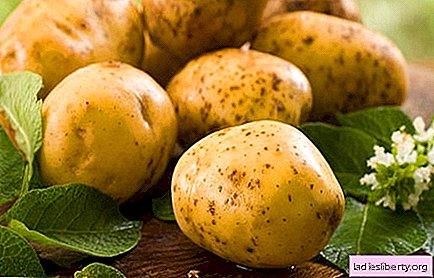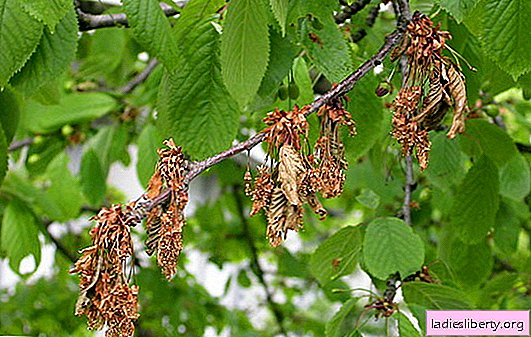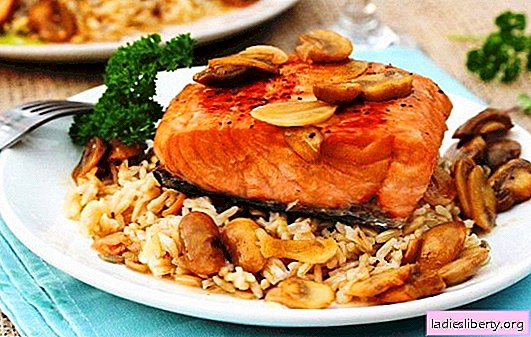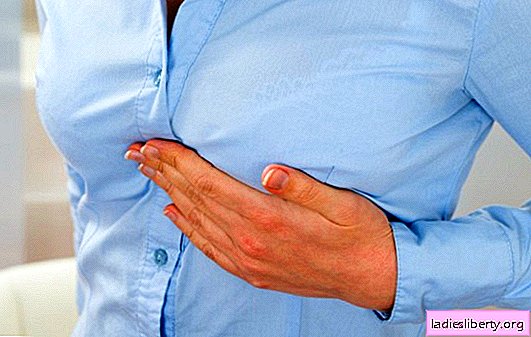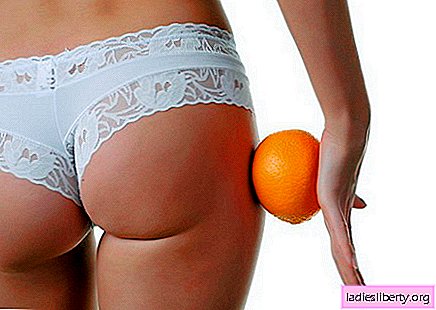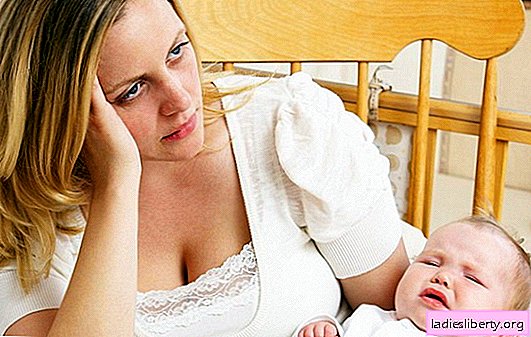
In recent years, more and more women give birth by Caesarean section.
This technique allows for delivery in cases where childbirth is naturally impossible or contraindicated.
However, like any operation, a cesarean section can lead to negative consequences or complications.
Can a suture after cesarean hurt?
A postoperative suture after a cesarean section will certainly bother a woman during the recovery period. Pain occurs immediately after the termination of the anesthesia. In this case, the nature and intensity of the pain are individual in nature and depend on many factors.
It is important the general condition of the woman, her personal pain threshold, as well as the presence of previous births by caesarean section. It is believed that if the incision is made along the already existing previous postoperative suture, then healing and restoration will occur faster and less painfully.
Why does the suture after cesarean hurt?
Pain after a cesarean section cannot be avoided for a woman. First of all, this is due to the presence of a wound on the anterior abdominal wall and on the uterus, because during the operation the integrity of the skin, muscles and ligaments is violated. In addition, after a cesarean section, as well as after a natural birth, an active contraction of the uterus occurs, as it begins to take its former size. When uterine muscles contract, tingling sensations may occur.
Such sensations women are often mistaken for pain in the postoperative suture. The greatest uterine contractions occur during breastfeeding. This is due to the production of the hormone oxytocin. Given that uterine tissue is damaged during cesarean section, then during its contractions in the postpartum period, pain will be stronger than in women giving birth in a natural way.
Also, pain can cause accumulations of gases formed in the intestines. As a result of impaired intestinal motility and the movement of feces, discomfort and pressure on the uterus can occur. To avoid such complications, women in the postoperative period empty their intestines with an enema.
Sometimes, pain in the suture after cesarean section may be associated with complications. The most common postpartum complication is inflammation of the uterine cavity involving internal sutures. This process is called endometritis. This condition is accompanied not only by pain in the suture, but also by pulling pains in the lower abdomen, fever, secretions with an unpleasant odor. Endometritis is considered a serious complication. If anti-inflammatory and antibacterial therapy is not started in a timely manner, endometritis can lead to radical removal of the uterus or even death.
In addition, the inflammatory process may develop as a result of divergence of the postoperative suture. Inflammation can develop with improper care of the stitches and infection. In this case, the appointment of antibacterial drugs and repeated surgical intervention are required.
Pain in the area of postoperative sutures can occur against the background of the formation of an adhesive process. Usually adhesions do not resolve and only symptomatic therapy is possible. In some cases, after a certain time, they carry out special laparoscopic operations for dissecting adhesions.
Sometimes pain occurs as a result of the involvement of nerve endings in the seam itself. Such pain cannot be eliminated. Therapy is to prescribe pain medication. Which significantly reduces pain.
In rare cases, pain in the suture after cesarean occurs as a result of the development of endometriosis. This disease is associated with the casting of endometrial cells during surgery in the area of the external suture. For such cases, the development of pain and pulling sensations during menstruation is characteristic. After the completion of menstruation, the pain disappears. It is impossible to completely eliminate the cause of such pain, so the treatment consists in the appointment of painkillers, sometimes hormonal drugs.
What to do if a seam oozes and hurts after cesarean?
In the first days after cesarean section, the woman is under the supervision of medical personnel in the hospital. To reduce pain, sedatives and pain medications are prescribed. If the seam heals and oozes poorly, special ointments and preparations are prescribed that improve the regeneration of the skin, accelerate the resorption of the seams and prevent the release of fluid from them.
In order for the seam to regenerate faster, do not abuse the moisturizing ointments. Mostly it is recommended to use drying and disinfecting agents, such as iodine, potassium permanganate, and brilliant green. In addition, the seam after cesarean section should be treated with vitamin E. This treatment contributes to good nutrition of the skin and accelerate the healing process. If the seam begins to fester, in addition to treatment with antiseptics, antibacterial ointments and antibiotics are prescribed inside.
Usually, after discharge from the hospital, a woman should no longer be bothered by severe pain. If the suture after a cesarean section hurts for a long time, or there is a discharge of fluid from it, attention should be paid to the attending physician or gynecologist.
In medical practice, there have also been cases where pain in the suture area after cesarean arose several years later. So-called ligature fistulas in the form of inflamed seals can form. This is due to the rejection of suture by the body of a woman. In such cases, repeated surgical intervention may be required to excise the fistula and prevent infection. Therefore, if a woman even after a long time notes pain in the seam area, you should immediately consult a doctor for timely medical care.
Prevention of pain in the suture after cesarean section
In order to reduce pain in the first days after childbirth and prevent their occurrence in the future, a woman should follow certain rules of the regime and nutrition in the postoperative period.
First of all, you need to pay attention to the diet of food intake. Nutrition should be as useful, harmless and balanced as possible. Foods should contain a large amount of vitamins and minerals. The use of vitamin E is very useful, as it contributes to the speedy healing and regeneration. It is recommended to be used both inside and out.
For the first time after surgery, it is forbidden to lift weights. Excessive physical exertion can cause seams to diverge. However, this does not mean that in the future, sports and exercise are prohibited for a long time. Sexual life is not recommended to start earlier than two months later. Already after 12-15 days after the operation, you can begin to do light exercises aimed at restoring the body. Before doing gymnastics, you should consult a doctor. Only a specialist can correctly guide and advise a set of exercises that will help restore shape and strengthen muscles, and not harm the body. Usually, a couple of months after giving birth, swimming and walking are already allowed. Even in the postpartum period should be repeatedly shown to the doctor. This will prevent the development of long-term complications and calm the woman from the psychological side.
Should I panic if a suture after a caesarean section hurts?
Pain in the suture after cesarean is a common occurrence. In the first days after surgery, a woman should not be alarmed by pain. This is characteristic of any type of postoperative period. Moreover, the woman is under the supervision of medical personnel for the first 5-7 days after cesarean section. In the event of any concern, the woman in labor may ask questions and seek help from her doctor.
Another thing is if the pain disturbs in the distant period. Such pain should alert the woman, and to avoid serious complications and consequences, you must immediately consult a doctor.


